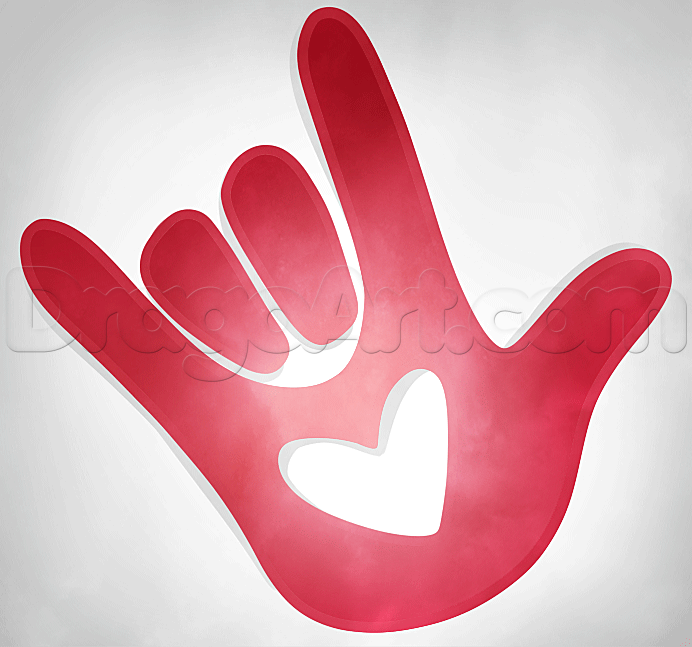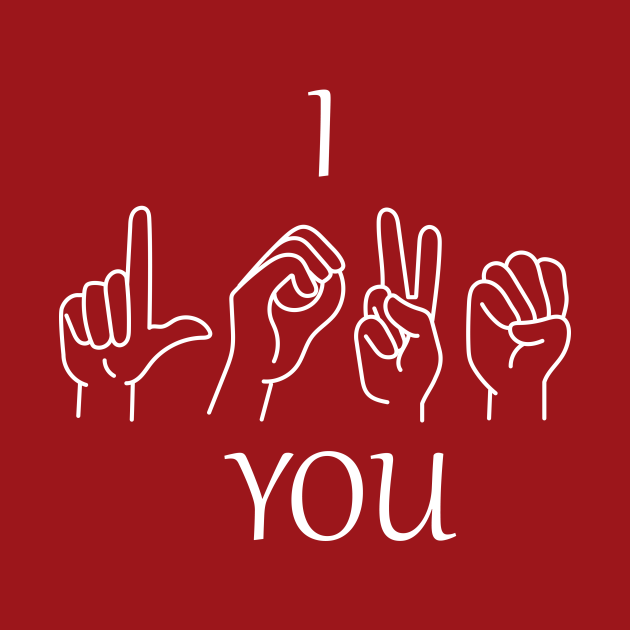
Other romance languages include but aren't limited to French, Spanish, Portuguese, and Romanian. Italian is a romance language that stems from Latin. "Ti amo" is how you say "I love you" in Italian. Though love - as a concept - is always evolving, many people during that time expressed feelings you may relate to up until this day. Many poets, philosophers, and writers existed in ancient Greece, and they were often fascinated with love and how it shapes the world. In Greek, you can communicate your love for someone by saying "Se agapó." In ancient Greek philosophy, Socrates looked at the idea of love.

Using the words "I love you" or "ana bahebak" exemplifies romantic love and a love for friends and family as well. All languages use special inflections and tones to communicate feeling and authentic emotion. In Arabic, you can say "ana bahebak." There are roughly 420 million people who speak Arabic globally, and it's spoken in most Arab nations. People think of Paris as a place where love is in the air, and it's often referred to as "the city of love." You can express loving someone using language alone it doesn't need to be through overt gifts or ostentatious actions.

In French, "I love you" is "je t'aime." People often view French as a very beautiful and romantic language. Love is an important part of our lives as human beings, and there are many ways to express love in different languages. In romantic situations, most people prefer to wait a while to say, "I love you," until they really know they're in love and would like their relationship to take a serious step forward. While the statement can be utilized in different contexts, it's always important to spread love knowing that another person understands the feelings that you’re expressing. Saying "I love you" is a deeply meaningful and beautiful thing. People experience love in different ways, whether romantic love, love for our friends, love for our families, or other forms of platonic love. It's a shame because loving someone on a fundamental level is one of the most rewarding experiences in life. "I love you" is a powerful statement, though some people feel as though it’s used too often. Sign language is an extremely valuable language in our society. You don't have to be deaf or hard of hearing to use the "I love you" hand sign, and in fact, many individuals may learn this mainstream sign from friends, school, or sign language courses, as its origin comes from ASL. Saying "I love you" is a special phrase that can be applied in different contexts to show that you care for them. The sign is a way for a person to say, "I love you," and it's very powerful. For the love hand sign, they hold their hand outstretched with their palm facing out and move that palm back and forth in a subtle manner. The way that it works is that a person puts their thumb and index finger up and their pinky finger while leaving their ring finger and middle finger down. There is a specific sign that allows you to say "I love you" with ASL. The makers of Spider-Man intended this to be a humorous reference to the sign's actual meaning.Did you know there is a love hand sign? It's a way to express that you care vehemently for another person. This sign has been popularized by the comic book character Spider-Man, who uses the gesture to activate a button on his palm to fire his signature web attacks.
#I love you sign language professional#
Popular 80s professional wrestler Jimmy "Superfly" Snuka would frequently flash the ILY sign with both hands during his matches and interviews, including while standing on the top rope before delivering his finishing move "Superfly Splash".

Presidential candidate Jimmy Carter reportedly picked it up from a group of Deaf supporters in the Midwest and, in 1977, during his Inauguration Day parade, flashed the ILY to a group of Deaf people on the sidewalk. The sign received significant media exposure with Richard Dawson's use of the ILY in his signoff from each episode of the Family Feud, which he hosted from 1976 to 1985. However, resident students of deaf schools from the early 20th century do not recall seeing the sign anywhere until the 1970s. The sign is an informal expression of any of several positive feelings, ranging from general esteem to love, for the recipient of the sign.ĭeaf Heritage dates the origin of the ILY to 1905. Seen primarily in the United States and other Americanized countries, the sign originated among deaf school children using American Sign Language to create a sign from a combination of the signs for the letters I, L and Y (I Love You). I LOVE YOU (SIGN LANGUAGE) - The ILY is a sign from American Sign Language which, as a gesture, has moved into the mainstream.


 0 kommentar(er)
0 kommentar(er)
